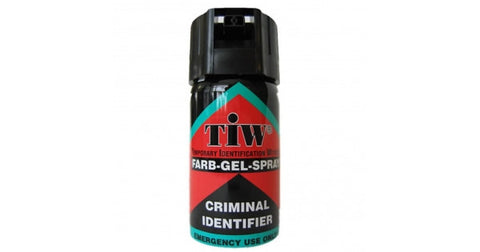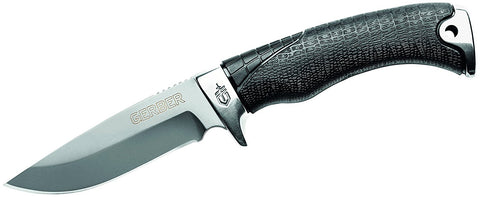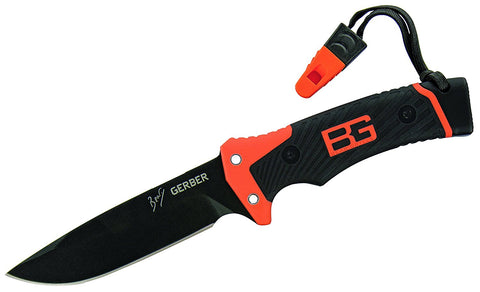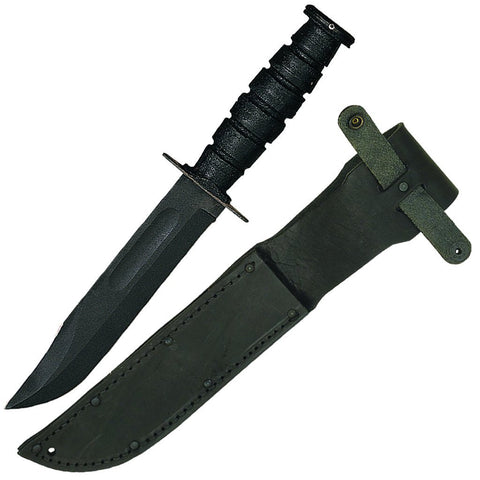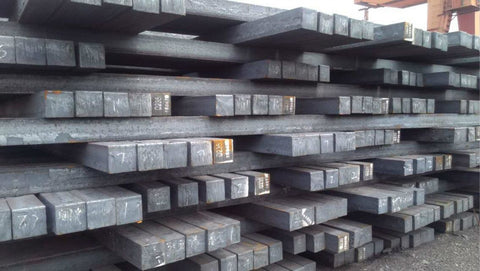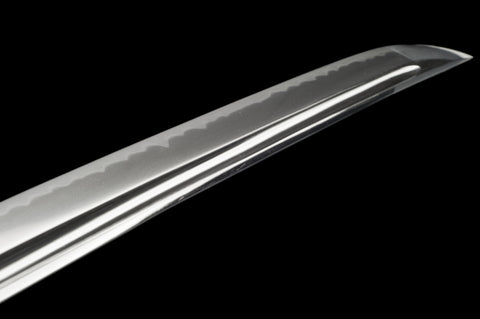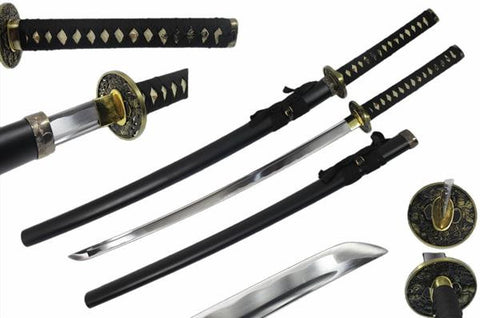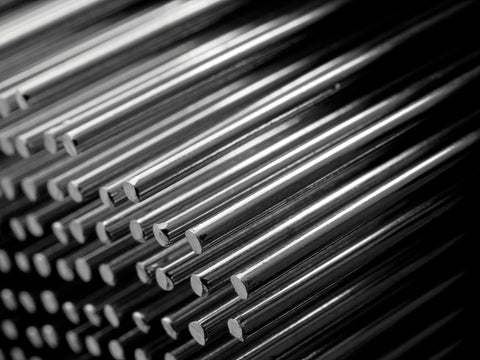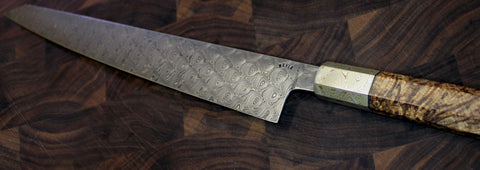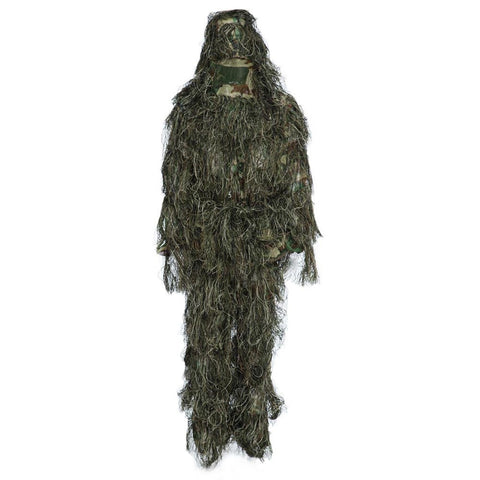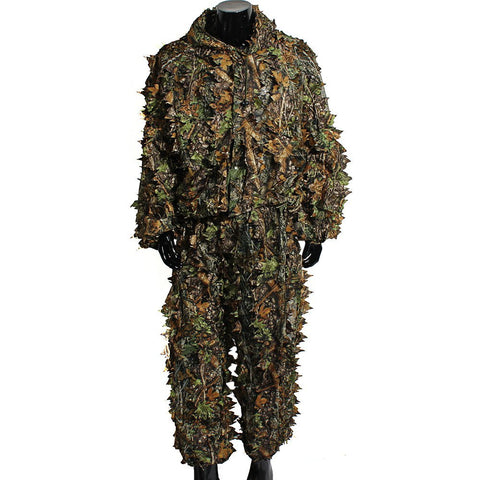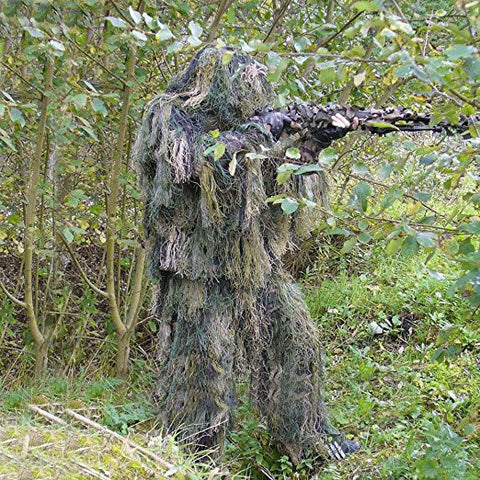When it comes to self-defence, the laws in the UK are very strict and rightly so. This can cause a problem for the general law abiding public, how can you effectively defend yourself from an attacker but still stay on the right side of the law. Mace is not legal in the UK, but there is a pepper spray UK equivalent which might just do the job and help buy you precious seconds to enact your escape, it's the perfect self defence spray.
The choice of weapons which you can use to defend your family and yourself is limited, and is controlled by the government in order to stop the defensive weapons from being used in an offensive manor. You cannot and should not walk around with a 50 inch sword strapped to your back, nor can you carry a handgun or any other sort of weapon, even if you claim it’s for self-defence only. In all fairness, I know I feel safer knowing that it’s very unlikely that I’ll be a victim of gun crime.
A weapon is still a weapon, no matter what the intention for carrying one was. If you’re caught carrying a weapon then it’s implied that the intention to use the weapon was there, which can of course mean you were prepared to seriously injure or even kill another human being. Which no matter how you try to spin it, it’s simply not cool.
So when it comes to defending yourself effectively the choices and responsible options available to you are limited. The act of even holding and pointing a knife at a would be aggressor is against the law in the UK, the consequences of doing so can be very serious and are even worse if you actually use it.
The crime rate in the UK has been dropping steadily for the last 20 years, but that by no means that crime is not a problem. Muggings, theft and breaks-ins are still a common occurrence, especially in the major cities.
So, what can you do to defend yourself? You cannot legally carry a weapon with you to defend yourself, we’ll need to look into alternative UK legal methods of protecting ourselves, our children and our families.
One of the most effective non-lethal weapons that has been proven to effectively deter an attacker is the pepper spray. Many police forces and other authorities around the world use these sprays, and they are an extremely effective deterrent. However, pepper spray in the uk is considered an offensive weapon, which makes it illegal to own and carry.
I can wholeheartedly empathise with the law makers in the UK, they have a very hard task of protecting the public from harm, but that is doubly difficult when we consider that any self-defence tool can be just as easily used for offence.
But what about the general law abiding public, surely we have rights when it comes to defending ourselves in some way? The answer is there isn’t a whole lot we can do and unfortunately the criminal element will rarely if ever adhere to the same rules as the rest of us, meaning we’re already at a disadvantage.
The law is very clear when it comes to pepper spray in the UK, it’s laid out in Section 5(1) (b) of the firearms act 1968:
This act prohibits any weapon of any description, designed or adapted for the discharge of any noxious liquid, gas or other substance.
Basically, the law categorically states that any sort of pepper spray, the type typically used by law enforcement around the world, that contains a noxious gas or liquid would be considered illegal to carry and illegal to use by any UK citizen.
So what are the pepper spray uk legal alternatives that any member of the public can use and buy?
The only legal alternative that the public has at their disposal and is in some ways the uk version of pepper spray would be one of the Deterrent Self Defence sprays. These sprays are typically:
- Non Toxic
- UK Legal
- Can be carried by any adult
- Compact & Discreet
- Non-Lethal Criminal Identifier
- Contain No Harmful Chemicals
- Accurate to 4 Metres
- Proven to be highly effective
We’ve tested three different types of these sprays and we must say that despite their rather small dimensions, they are very capable of giving any would be attacker pause for thought.
If sprayed at the face they are very capable of completely disorientating an attacker, giving even the most determined attacker pause for thought and kicks in the natural instinct to turn away or move away from the spray. If the spray gets in the eyes the attackers vision will be blurred and it’ll be very difficult for them to see effectively.
Our testing showed that someone sprayed with these canisters will have very little choice other than backing off and trying to protect their face from the stream. Any attempts to wipe away the gel can actually impair the vision further, and can lead to no small amount of panic, I can attest to this directly.
Having a foreign liquid sprayed in your face and then finding it very difficult to see is not at all fun, it’s even worse when attempt to wipe the stuff away and your left with blood red hands, your mind immediately goes into overdrive thinking that your haemorrhaging from your eyeballs. It’s not at all a pleasant experience and that’s with prior knowledge of what’s about to happen. I can only imagine the sheer panic that would engulf an attacker sprayed with this stuff, I would be inclined to do a runner.
To add insult to injury, the gel is very hard to remove completely, and can remain on the skin and clothes for several days afterwards. Some varieties even come with a UV dye, so even when the visible traces are gone, they are still going to light up under a UV light. Both of these factors can make police efforts to find the attacker much easier.
All the products we tested where cheap, under £15 in most circumstances, which for an effective self-defence tool is a brilliant price.
Safehaus Mini Self Defence Spray Criminal Identifier – Review
The Safehaus Mini Self Defence Spray Criminal Identifier comes in a compact but easily handled discrete package. The spray container measures in at 85 × 34 mm, which means it can fit in most pockets and won’t take up much room in a rucksack or handbag. I found it very easy to manoeuvre and find the trigger, even when not looking at what I was doing. The spray is very powerful, I think it easily exceeded 4 metres, but the power is diminished at this range. The stopping power is decent and I can definitely see it stopping a would be attacker.
- Great range and power
- Small and easily concealed
- Good stopping power
- The gel makes it very difficult to see
TIW FARB Gel Spray Criminal identifier self defence – Review
![]()
This farb gel spray is very similar to the Safehaus version, other than a difference between the packaging I would say they are the same product. They share the same dimensions and the spray looks identical. All in all the characteristics are the same, same range, stopping power and characteristics. That’s not a bad thing as I was impressed with the Safehaus version. The good points are it’s possible to get different buying options, such as holsters and multi-packs. Great product.
- Great range and power
- Small and easily concealed
- Good stopping power
- The gel makes it very difficult to see
SABRE DID19 19 ml Deterrent Marking Spray – Review
![]()
The Sabre system utilises a purple dye unlike the previous two sprays and it additionally has a UV dye included, which should make identifying the attacker easier for the police. The range was around 5 metres, it definitely has a lot of power behind the spray which exceeds the other products we tested, which is perhaps down the slightly larger volume. In my testing the staining ability of this spray was superior to the other two sprays, it took more washes and scrubbing to remove all traces and even then some spots still showed up under UV light. This spray definitely gets my Best Buy award.
- Fantastic range and power
- Great staining ability
- Handy size
- All round brilliant product
Conclusion
The farb gel spray and the others have been specifically designed to be fully UK legal, they are completely fine to own and carry, so any member of the public has concerns over their safety or for their family members should consider buying one of these defensive sprays.
All of my family has one, as do I.
One of the best things about these sprays is that the red colour will stain the attacker for several days, making them easy to identify and publicly outing them as potential criminal.
source https://www.bladespro.co.uk/blogs/news/pepper-spray-uk


